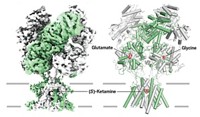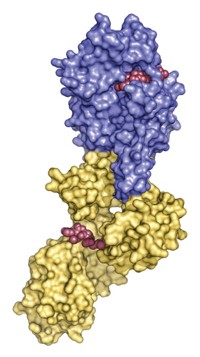Advertisement
Grab your lab coat. Let's get started
Welcome!
Welcome!
Create an account below to get 6 C&EN articles per month, receive newsletters and more - all free.
It seems this is your first time logging in online. Please enter the following information to continue.
As an ACS member you automatically get access to this site. All we need is few more details to create your reading experience.
Not you? Sign in with a different account.
Not you? Sign in with a different account.
ERROR 1
ERROR 1
ERROR 2
ERROR 2
ERROR 2
ERROR 2
ERROR 2
Password and Confirm password must match.
If you have an ACS member number, please enter it here so we can link this account to your membership. (optional)
ERROR 2
ACS values your privacy. By submitting your information, you are gaining access to C&EN and subscribing to our weekly newsletter. We use the information you provide to make your reading experience better, and we will never sell your data to third party members.
Biological Chemistry
Tryptophan Clarifies Antidepressant Drug Binding
An X-ray structure indicates an alternative starting point for designing new drugs
by Carmen Drahl
December 15, 2008
| A version of this story appeared in
Volume 86, Issue 50
A newly captured atomic-level view of a propped-open bacterial protein could aid antidepressant drug design, according to a report by Eric Gouaux of Oregon Health & Science University and colleagues (Science 2008, 322, 1655). Most antidepressants work by blocking neurotransmitter reuptake, a task the drug molecules accomplish by binding to human neurotransmitter transporter proteins such as the serotonin transporter. In transporter structures obtained of this family to date, the substrate molecule is occluded (C&EN, Aug. 13, 2007, page 14), leaving the mechanism by which drugs and substrates enter the protein a mystery. Now, Gouaux and colleagues have trapped a bacterial transporter called LeuT in a new pose, open to the outside environment. In the team's X-ray structure, LeuT interacts with a tryptophan molecule that occupies the substrate-binding site, and the amino acid's large side chain braces the binding pocket open. The new structure is likely "a more realistic model for the form of the transporter to which drugs bind" and could be an excellent starting point for designing improved therapeutics, Gary Rudnick of Yale University School of Medicine says.




Join the conversation
Contact the reporter
Submit a Letter to the Editor for publication
Engage with us on Twitter